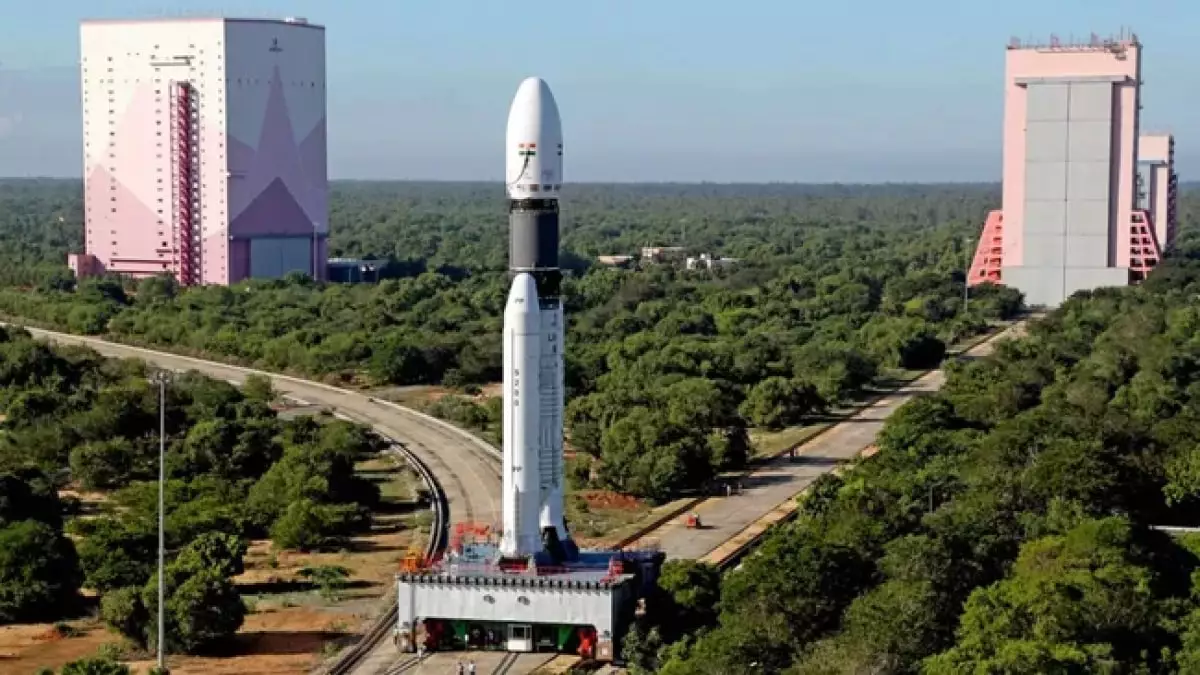India’s ambitious Gaganyaan programme, aimed at launching its first manned mission into space, is now slated for 2026, a full year later than the original projections. This shift, articulated by ISRO Chairman S. Somanath, underscores a focused dedication to safety and thorough preparation in response to recent setbacks within the aerospace industry. By prioritizing a rigorous testing regimen over premature launches, ISRO demonstrates its intention to avoid potential pitfalls that could jeopardize the mission’s success and, more importantly, the safety of its astronauts.
The revised timeline places significant emphasis on uncrewed test missions that are vital for ensuring the reliability of technologies meant for human spaceflight. Somanath disclosed that the first uncrewed flight is scheduled for December 2023. This mission’s primary objective is to validate critical systems, which lays the foundation for a successful crewed mission and positions India alongside global leaders like the USA, Russia, and China. The critical nature of these initial tests cannot be overstated; they serve as a trial run to resolve any issues before astronauts embark on the journey.
With the Gaganyaan mission, or H1, ISRO is betting on an innovative approach by rigorously testing technologies developed in-house—ensuring that all components meet stringent safety standards. The inclusion of a fourth uncrewed test flight reflects this strategic commitment, reinforcing the plan to operate within a framework of thorough preparation.
The space exploration sector is no stranger to technical challenges, and Somanath’s mention of Boeing Starliner’s issues serves as a poignant reminder of the industry’s vulnerabilities. Such cases reinforce the necessity for meticulous risk assessment and safety checks, a lesson that ISRO is embracing as it forges ahead with its own mission. The importance of these lessons suggests that ISRO’s approach might not only improve mission reliability but also bolster public confidence in India’s burgeoning space program.
As part of its comprehensive mission plan, the Gaganyaan program includes rigorous training for its astronauts. One notable astronaut in training, Shubhanshu Shukla, represents a nod to international collaboration, as he gears up for a mission to the International Space Station (ISS) alongside Axiom Space in Houston. Commanded by former NASA astronaut Peggy Whitson, this mission will hone essential skills like navigation and docking, preparing Shukla for the challenges he will face during the Gaganyaan mission.
The Indian government’s recent decision to inject an additional 111 billion rupees into the Gaganyaan project underscores its commitment to not only seeing the mission through but also ensuring that all phases, including rigorous testing and astronaut training, are adequately funded. With essential components being moved to ISRO’s Sriharikota spaceport, the journey toward India’s first manned spaceflight is becoming increasingly tangible.
The Gaganyaan program represents a bold step for Indian space exploration, marked by its sincere commitment to safety, extensive training, and robust financial support. As preparations unfold, ISRO aims to carve out an undeniable place for India in the realm of international space exploration.


Leave a Reply